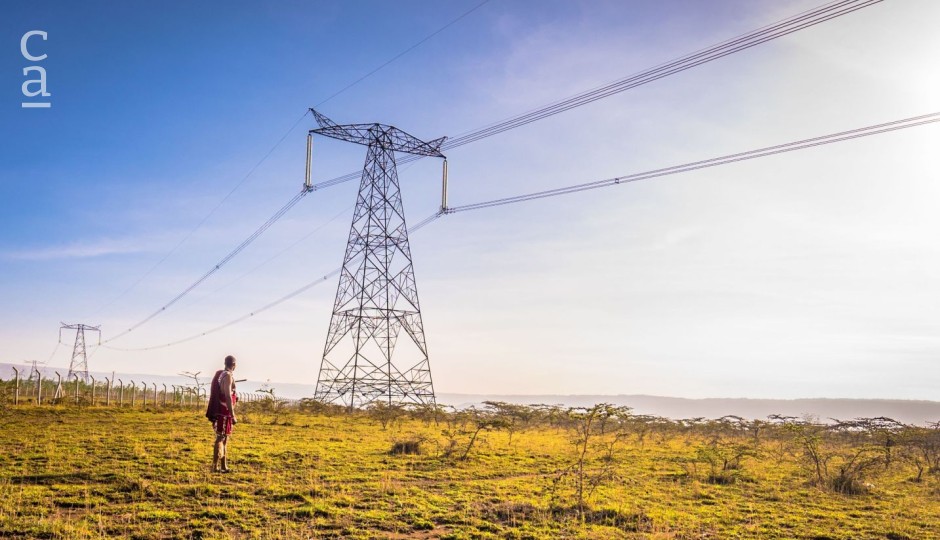Eastern Africa
Northern Africa
Southern Africa
Tanzania And Kenya Energise Power Interconnection
Line is part of project to connect East and South African power pools.

The governments of Tanzania and Kenya have completed and energised the 510km 400kV power transmission line linking the two countries, which will allow them to exchange power as well as import energy from other countries interconnected to the power grid.The line has a transfer capacity of 2GW and will be
Want to continue?
Subscribe to get access to premium content
By subscribing you get access to the Newsfeed, Tenders, Events

